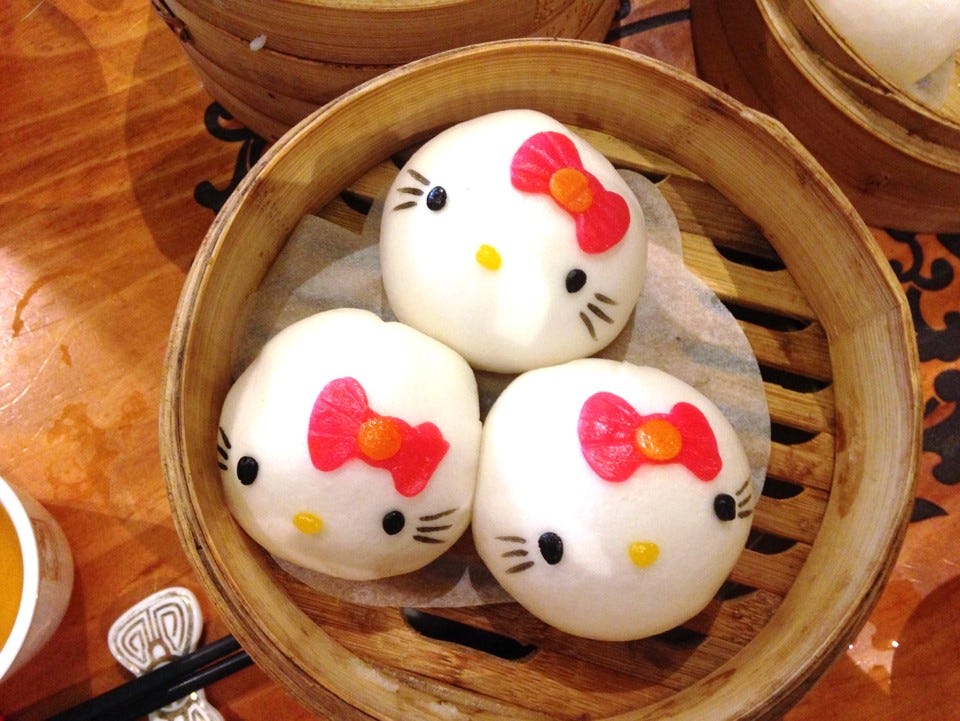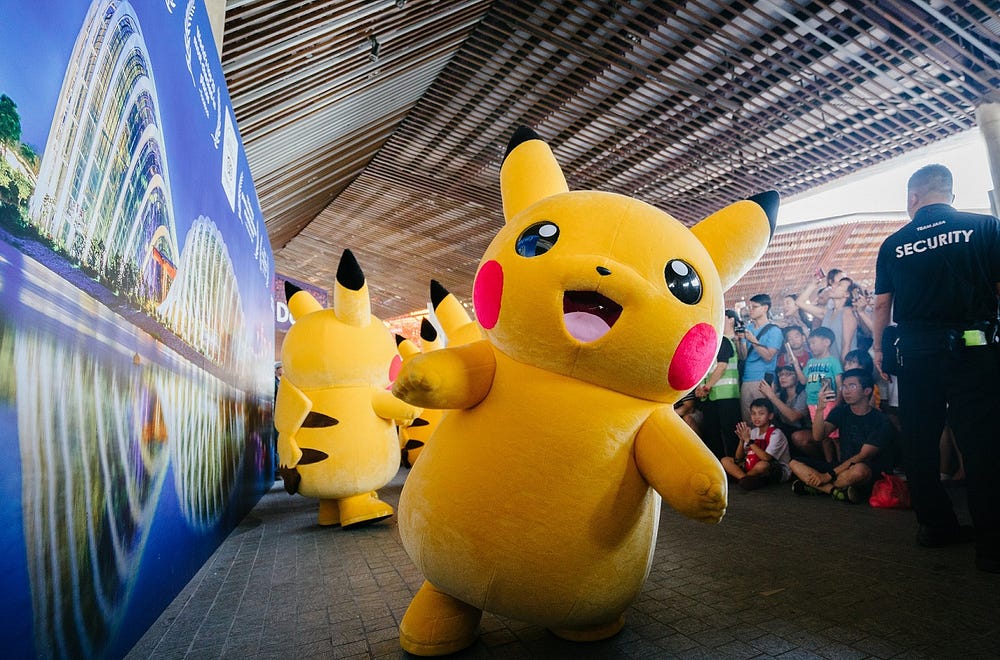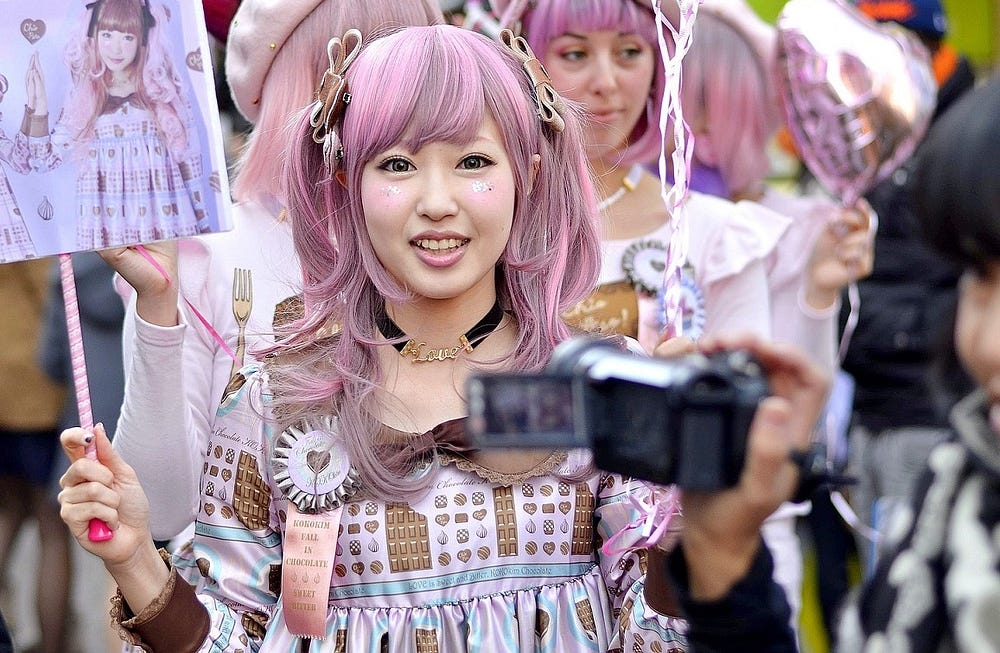Over the years, the concept of kawaii has been a source of much fascination for those alien to the Japanese culture. It’s an adjective that best translates to English as “cute”. But to the Japanese, it’s not something that could be summed up in one word.
Kawaii represents a much broader concept. In general, it stands for the adorable, naïve, lovable, and feel-good characteristics of a person, object, experience, sound, smell, and just about everything else.
In the West, “kawaii” often draws up images of girls in fluffy dresses, Hello Kitty merchandise, Lolita fashion, or manga characters with round faces and big eyes. But its impact goes far beyond that and trickles into social, economic, and even political spheres in surprising ways.
The hidden social impact of kawaii
Kawaii’s social appeal has many facets. There’s something surreal about a world filled with pastel shades and soft, cuddly images. For many adults, it provides a momentary escape from the harshness of the real world. It’s the perfect way to get lost in a whimsical place of child-like innocence and to forget the daily stressors at work and home. This largely explains its appeal well into adulthood for men and women alike. In fact, many of today’s cute lifestyle elements are geared to attract an adult audience—from cutesy adult fashion to restaurants providing the ultimate kawaii dining experience.

And according to research, a kawaii experience can have many positive emotional and cognitive benefits. Cute, cuddly objects and animals can make people smile and have a healing effect. Studies confirm that they could also improve focus, reduce stress, boost mood, improve productivity, and create a positive emotional state.
But it’s not without drawbacks. For instance, in a highly male-dominated Japanese work culture, indulging too much in kawaii could have damaging effects on career growth for women, says Nobuko Kobayashi, Managing Director of Transaction Advisory Services at Ernst & Young Japan.
Wide eyes, blushed cheeks, and cute child-like voices may all have their appeal. However, in some instances, they could result in stereotyping women as weak, submissive, naïve, and helpless. And as generations of adolescent girls step into adulthood in the years to come, the long-term socio-cultural effects of moving away from the independent, strong, and confident female image into one that is more vulnerable, innocent, and naïve is yet to be seen.
An unhealthy obsession could lead to other complications as well. Those with an excessive fixation on living a kawaii life could, over time, find it hard to separate reality from fantasy. And this can affect their ability to function in a not so cute real world.
The consumer subculture of kawaii
But for now, the impact of all things kawaii is deeply embedded in Japan’s consumer subcultures—from fashion and entertainment to food and consumer goods. And businesses clearly understand its importance. You can even see international brands acknowledging this—from Starbucks’ soft pink princess frappes and pastel-colored sakura merchandise to the unlikely partnership between McDonald’s and Pokemon Go.

Clearly, the warm and fuzzy representations of kawaii are everywhere in modern-day Japanese life. For organizations, both public and private, this presents a whole new opportunity to connect with their stakeholders.
And it’s not just confined to areas like entertainment, fashion, and recreation. Even domains that hardly associate with “cuteness”, like the industrial and IT sectors, have seamlessly integrated kawaii into their operations. Take, for instance, Japanese robots that are often designed to be cute and adorable with distinctly round-shaped bodies, big round eyes, and tiny or non-existing mouths.
Public services have also embraced the Japanese fixation with kawaii. The Tokyo Metropolitan Police, for example, has been using the cuddly and lovable mascot Pepo-Kun since 1987. Even Japan’s Ministry of Health has introduced an adorable bubble-shaped mascot, fondly named Quaran, for COVID-19 quarantine.

So, kawaii is not just about the feel-good charm of the cute and the adorable and the lucrative commercial opportunities to which it has given rise. Its distinctly soft, gentle, and endearing appeal has become an important part of how private and public organizations engage audiences, disseminate information, influence their thinking, and encourage positive behavior.
Kawaii’s descent on political movements
The concept of kawaii sits well with Japan’s culture of politeness. But how does a gentle, cuddly, and lovable movement fare with the country’s political idealisms?
Kawaii has surprising roots in the rebellions against conformist views. In the 1970s, it became an expression of youth culture that wanted to challenge and break free from the accepted norms. It was a way of resisting the older generations by denouncing the undesirable nature of adulthood.
And from a global perspective, it has done much to change Japan’s aggressive and militaristic image to a softer and gentler one. Today, kawaii elements of popular culture are also part of the Japanese government’s “Cool Japan” national image-building campaign. Kawaii fashion, manga, anime, Hello Kitty, and Pokemon have all become an important part of the country’s strategy to increase its global appeal. And this has given rise to various government initiatives like kawaii ambassadors and anime tourism—unexpected yet powerful ammunition for Japan’s projection of soft power.

The gentle nature of kawaii has also done much to define and guide its fans’ responses to global events of political nature. It’s given them a more non-threatening, non-abrasive, positive, playful, and creative approach to tackle important and sensitive topics.
Take, for example, ISIS-chan, a cute female anime character that slays melons (instead of innocent people)—a typical kawaii response to terrorism. It came into being as part of a new kind of Japanese-led global movement against violence. And it not only mocked terrorism but also served as a clever “Google bombing” strategy. The ISIS-chan fans aimed to diminish the online prominence of the infamous terrorist organization by outranking it in search results with their anime character.
It’s about much more than a culture of “cute”
From a Western perspective, the blushed cheeks, frilly dresses, pastel shades, and peppy round-eyed mascots may seem peculiar and even childish. But in Japan, the concept of kawaii extends far beyond these visual tokens. These cute, cuddly, adorable, and playful metaphors have grown in popularity for their endearing, positive, and feel-good appeal.
In a sense, it’s similar to how Disney captured the hearts of millions of children and adults in the West with its endearing characters like Mickey Mouse. It transported them to a fun and fantastical world and created a cult-like following along the way.

But kawaii’s appeal has had a far-reaching impact on Japanese society. It has created its own subculture, a way of being, a cultural movement that has molded behavior and attitudes and become a social, economic, and political force for good. And its mainstream appeal has been so profound that it has even been recognized and embraced by the establishment as an important element of the country’s identity.


